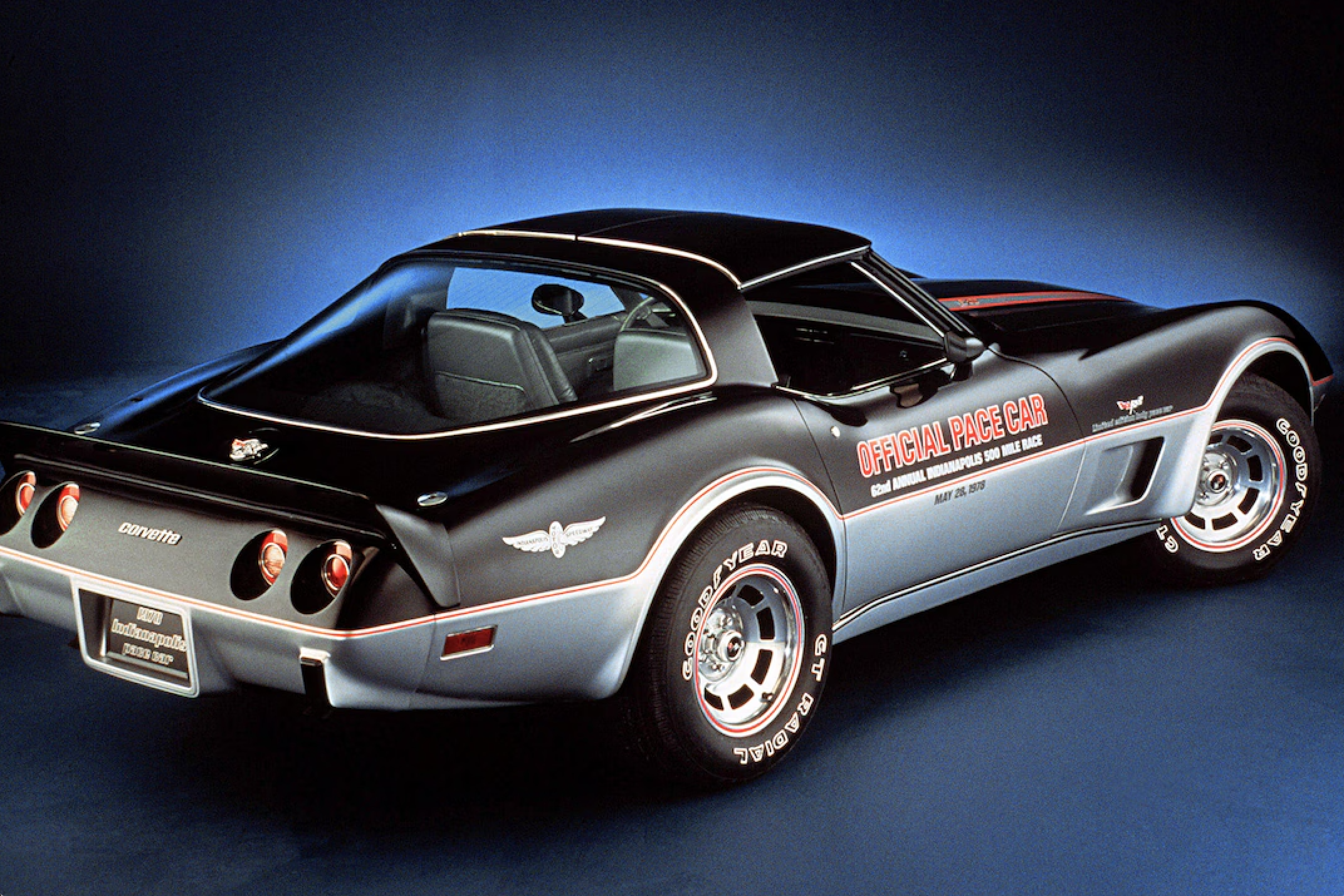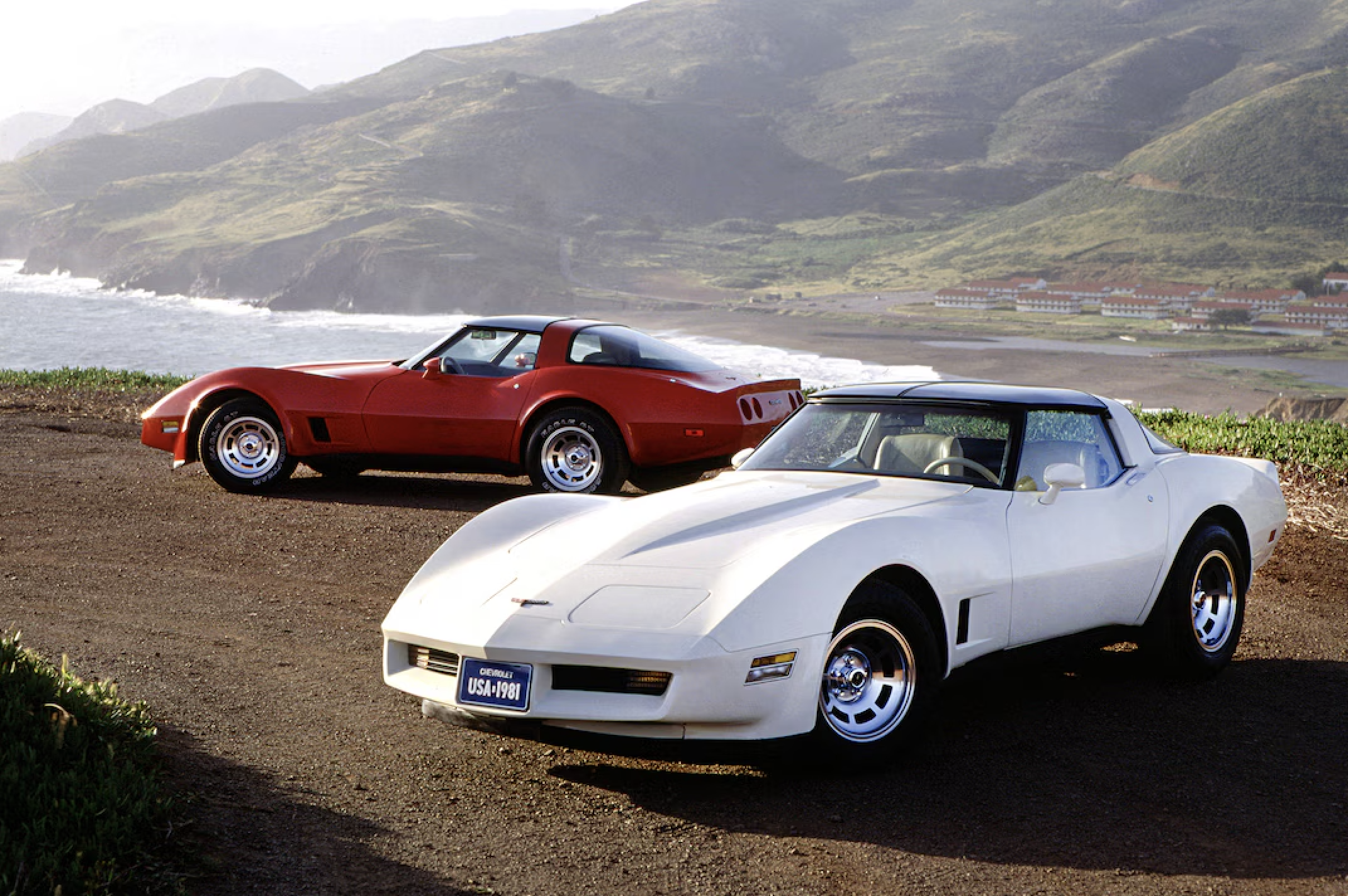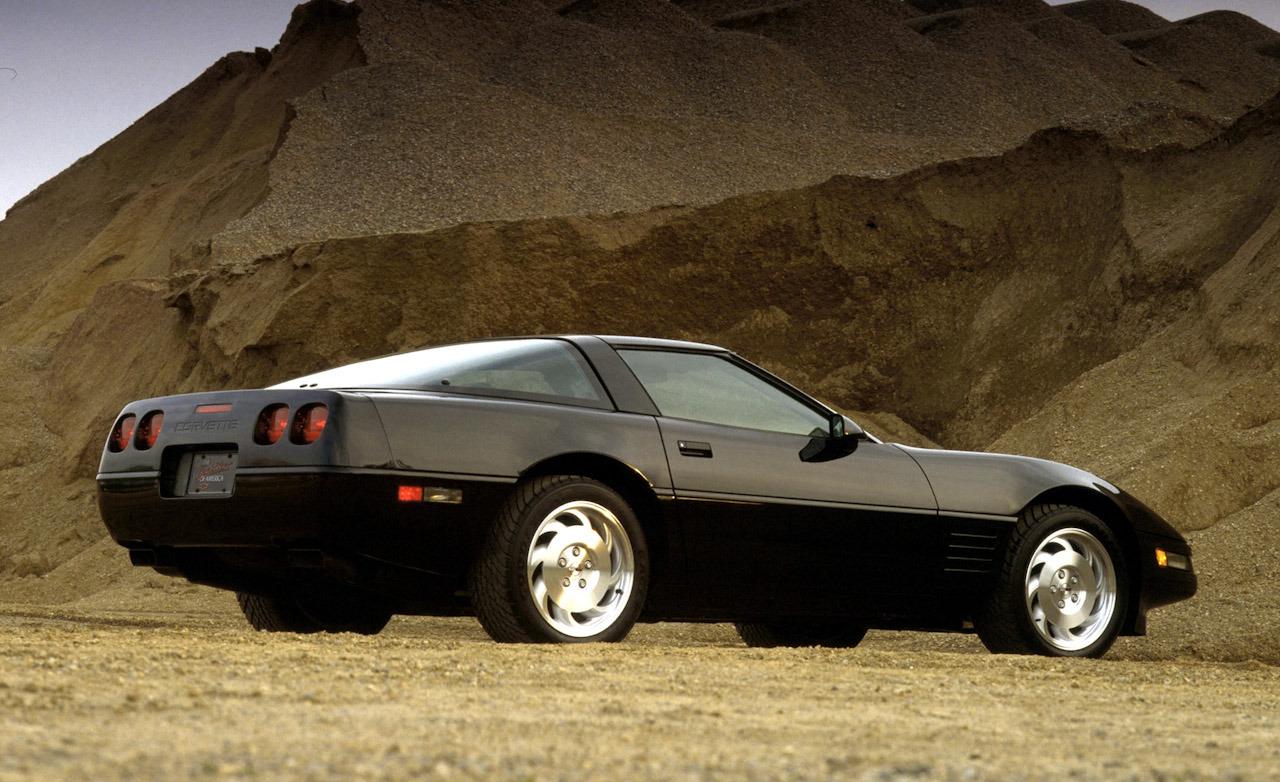The Corvette is a born collector’s car. Since 1953, it’s been sparking the imaginations of enthusiasts around the world, fueling passion and cultivating dreams in the young and not-so-young. The word is popularly derived from the French language, and was used in the 1600s to describe a small, single-sail ship normally used in convoy. Fitted with a single tier of guns, corvette ships were normally seen as escorts for larger vessels or, later, for thwarting submarines. As time went on, their smaller stature allowed them to be very quick, agile and fast. The word is said to come from the Latin word corbita, or slow-sailing ship, normally hauling grain, and that word is said to come from corbis, meaning basket. Following the etymology of the word, it’s very unique how the history of the Corvette automobile mimics that of the corvette ship – a small, slow ship that took its name from a basket that evolved into a small, quick, agile ship. Similarly, the Corvette car began as a small, slower car that evolved into a small, quick, agile sportscar. The small relates back to the basket, of course. With all this useless information shared, again – the Corvette is a born collector’s car and is hard to go wrong with.
The C3 and C4 Corvettes are often the unsung, overlooked of the breed. While any Corvette will likely be a delight to own and steadily raise in value over the years, the C3 and C4, we think, are going to begin pulling values much higher in a very short amount of time. Interestingly, the 1968-1982 C3 Corvettes are gaining value nicely, right alongside the 1984-1996 C4 Corvettes, both generations of which took their time to begin percolating. Why they were slow to bubble is a myriad of tales of poor quality and lacking performance and so on, all wedged between the omni-popular 1963-1967 C2 Corvette and the shockingly spectacular C5 of 1997-2004 and the C6 of 2005-2013, and of course, the instantly popular C7 of 2014-2019, the last of the front-engine Corvettes. But it’s those cars, ironically, that make the C3 and C4 so interesting because they represent some of Corvette’s finest moments in history.
Restoring C3 and C4 Corvettes can be very rewarding.

Classic Corvette Values
Corvette has long proven an interesting investment. While so many world-class sportscars rise aggressively and fall sharply with the market trends, Corvette values normally rise more slowly and simply level out when the market crashes. It’s a very interesting and rare trend in collectible cars, a trend that stands to give a lot of credit to buying a Corvette.
Expanding on the term “value,” we find Corvettes also serve their owners in another way – serviceability. With 2,899 Chevrolet dealerships in the United States, in the event a Corvette needs servicing, owners are never far from factory-authorized and trained assistance. This should bring some peace of mind to any Corvette owner. On top of that, especially in regards to the C3, these cars are fairly simple to fix with generally very good parts availability, which is just part of the reason so many people restore Corvettes. On top of that, Corvette clubs and enthusiasts aplenty mean there is no shortage of information and advice, and they make finding Corvette parts even easier. So, applying the word “value” to a Corvette often goes in many directions.

Corvette C3 and C4 Values
As mentioned before, the C3 and C4 were often overlooked due to quality and performance concerns. Emissions and efficiency were in their infancy, but paramount to the government. It took a toll on performance. Quality, most agree, took a dip during the 1970s, but again, most agree today that it is not enough to make a big deal about. By now, most issues have been sorted through, providing a car that offers tremendous enjoyment. Being caught between the C2 and C5 Corvettes, however, has diminished interest in the C3 and C4 for many years. However, it’s interesting to note, that in recent years, values of both have been on a steady rise.
The C2s are becoming almost too expensive; the C5, thanks to its quality and performance, have led the charge with C6 and C7 only exacerbating the rise leaving C3 and C4 to flounder for many years. However, paying attention to the market will show that younger buyers are gravitating to the unsung heroes – buyers in their late teens to early 50s are showing great interest in the C3 and C4 Corvettes, and with prices rising on C5, C6 and C7, the C3 and C4 seem like veritable bargains.
We think the trick is to buy what you like, but – if you can step up to a rarer performance model, you will likely be in a better value position in the long run. While we adore the big blocks, we truly feel the C3 LT-1 is going to be a very highly sought after car in the next couple of years. Similarly, for the C4, while the early tech is novel, we wonder if by investment the more powerful Corvettes of 1989 and on will prove of more interest, particularly the ZR-1. While many have feared the ZR1 for engine parts availability, the fact is more and more parts are becoming available. And remember, the ZR1, in 1989 as a prototype, set something like seven speed and endurance records in 24-hours – records that still stand today. The general consensus around these 1990s ZR1s is that if the engine blows, the driver worked really hard to blow it. Again, find the best one your budget can handle, talk to people in the know, and be smart about buying – ask to see records and receipts for service, make sure the parts they used were quality parts
